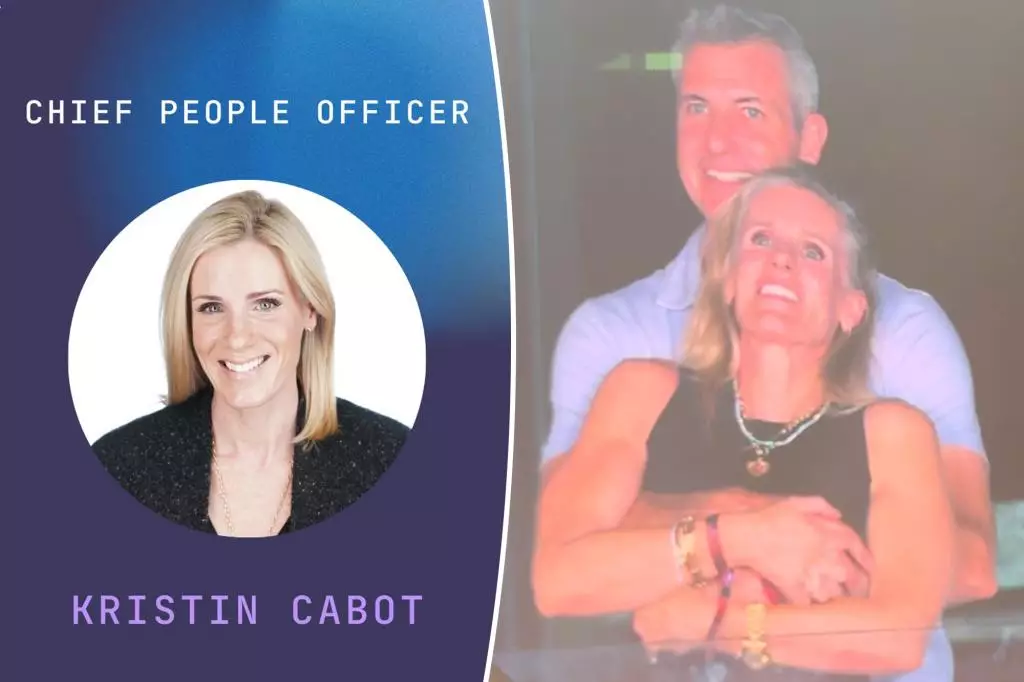In today’s corporate landscape, many professionals indulge in a seductive narrative of leadership built on trust, innovation, and cultural excellence. Kristin Cabot’s self-promotion exemplifies this illusion—a façade crafted to appear as an unwavering beacon of organizational success. Her claims of “winning trust” across all levels, from CEOs to assistants, are not merely aspirational but serve as a strategic boost to her personal brand. The language she employs is typical of leadership mythos: fearless change agent, builder of award-winning cultures, and architect of talent attraction. These words, however, often mask a more complicated reality—one where ambition can distort true relationship-building into manipulative performances designed to impress stakeholders and elevate personal status.
What is striking about this portrayal is how common it has become for leadership personas to blur the line between genuine influence and superficial validation. In many cases, the emphasis on “creating innovative systems” and “building winning cultures” doubles as a shield against accountability. It’s easy for professionals to showcase their accomplishments and virtues in public profiles, while the underlying behaviors—such as favoritism, office politics, or even unethical conduct—may remain unexamined or hidden beneath the surface. Cabot’s polished image, especially amid her rapid ascension at Astronomer, exemplifies this paradox—where the perception of authority seems to eclipse the true depth of ethical and interpersonal integrity.
Revealing the Facade: From Power Plays to Public Embarrassment
The incident at the Coldplay concert is a raw reminder of how personal lives can unravel the carefully curated corporate identities. The viral footage, showing Cabot and Byron caught in an intimate moment during a highly publicized event, shattered any semblance of professionalism they might have maintained. While it is tempting to interpret such moments as mere lapses in decorum, they also serve as symbolic disclosures of underlying issues—moral ambiguity, unchecked dominance, or perhaps a culture that condones or even encourages self-indulgence among its leaders.
The aftermath further underscores the fragility of these constructed images. Byron’s wife’s decision to delete her social media presence after the incident reveals how private pain becomes public spectacle in the digital age. The episode exposes a darker dimension of corporate leadership—one where personal failings are not isolated but intertwined with professional reputation, often in profoundly destructive ways. Such scandals highlight that the veneer of trust and admiration is easily tarnished when personal boundaries are crossed or personal deception is uncovered.
This incident also prompts us to question how organizations vet their leaders and the values they propagate. If a CEO’s reputation is built on a foundation of fear—exemplified by past allegations of threatening employees—then trust becomes a hollow concept. Leadership that thrives on intimidation and manipulation may statistically outpace those grounded in integrity, but at what long-term cost? Genuine influence requires authenticity, not just polished speeches and curated public images.
The Myth of the Perfect Leader: Sacrificing Ethics for Success?
The coverage of Byron’s past behavior paints a stark picture: a leader who possibly demands unwavering loyalty and exhibits a ruthless streak. While corporate success is often celebrated, the means by which it is achieved matter immensely. When a leader’s reputation is marred by reports of hostility, intimidation, or personal indiscretions, it throws into sharp relief the disparity between appearance and reality.
Furthermore, the hyper-focus on Kristin Cabot’s supposed talent and leadership skills within Astronomer acts as a smokescreen—an attempt to rationalize or justify questionable conduct. A charismatic figure promising cultural excellence and innovative talent strategies may be idealized by stakeholders eager for growth; yet, these claims often serve as distractions from a leadership style that could be toxic or unethical. The fact that Byron publicly gushes about Cabot’s credentials (despite the personal scandal) underscores how dismissive of moral integrity some organizational allegiances can become when success is prioritized above all else.
It is refreshing—and necessary—to challenge the assumption that corporate leaders are infallible paragons. They are subject to the same vulnerabilities, temptations, and flaws as anyone else. When those flaws seep into the fabric of organizational culture, they do more than tarnish individual reputations—they corrode the trust that sustains productive and ethical workplaces. In a climate where image often takes precedence over substance, true leadership must evolve beyond superficial charm and into genuine accountability. The incidents and revelations surrounding Byron and Cabot compel us to reassess where we place our faith and how we differentiate fabrication from reality in leadership roles.
